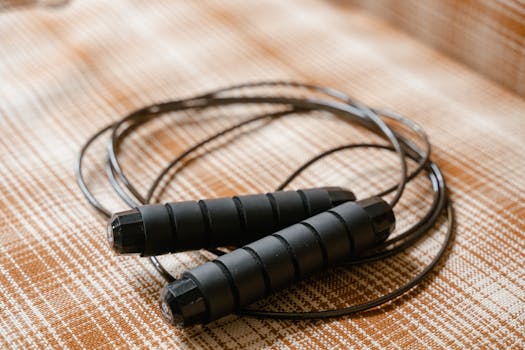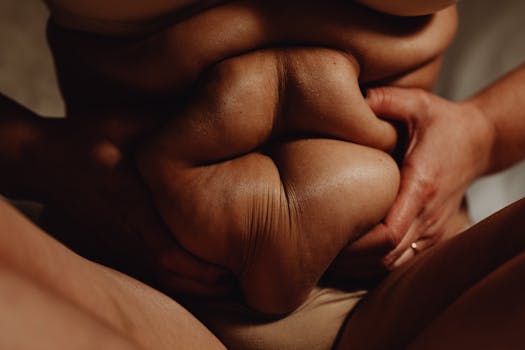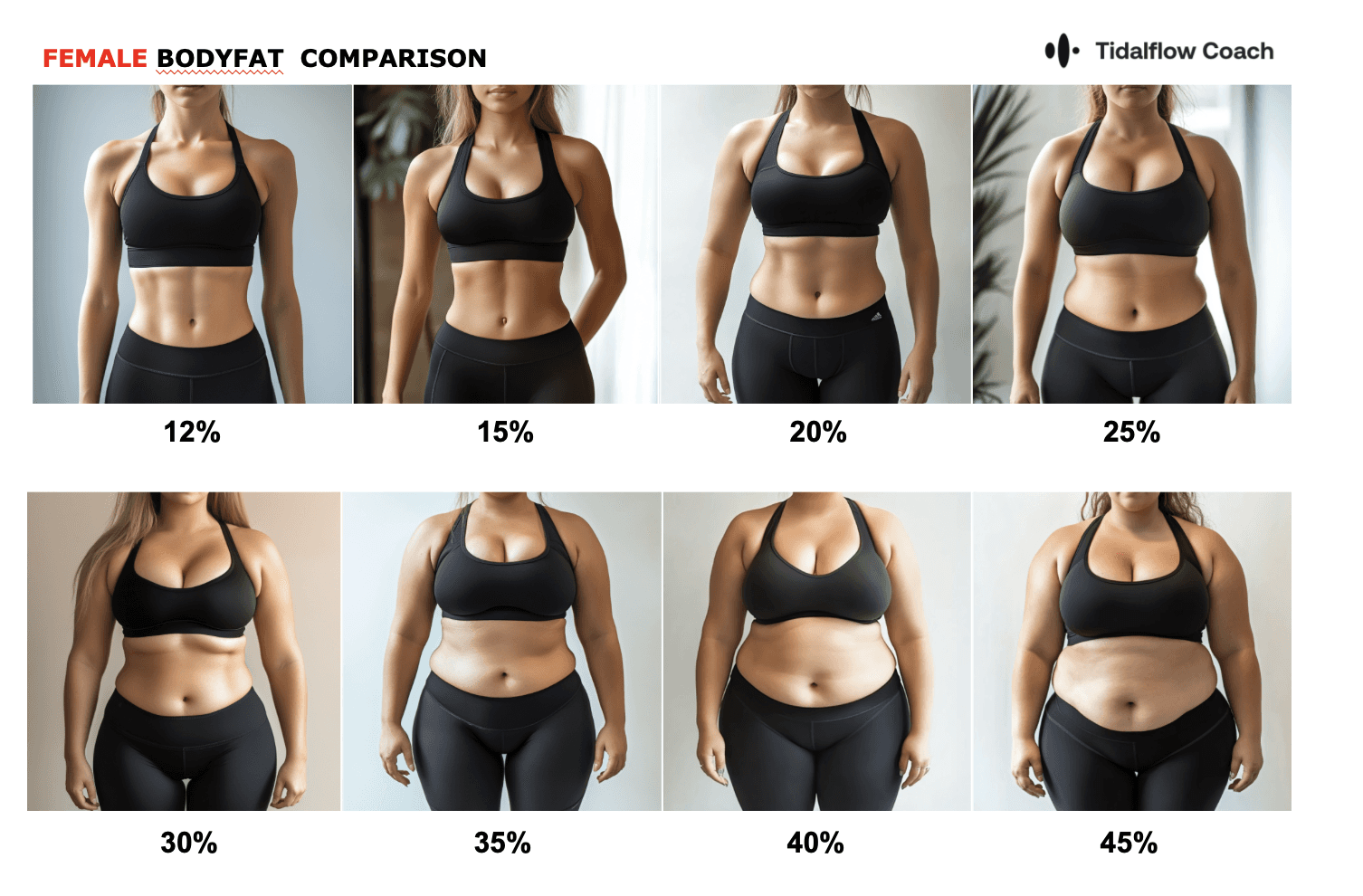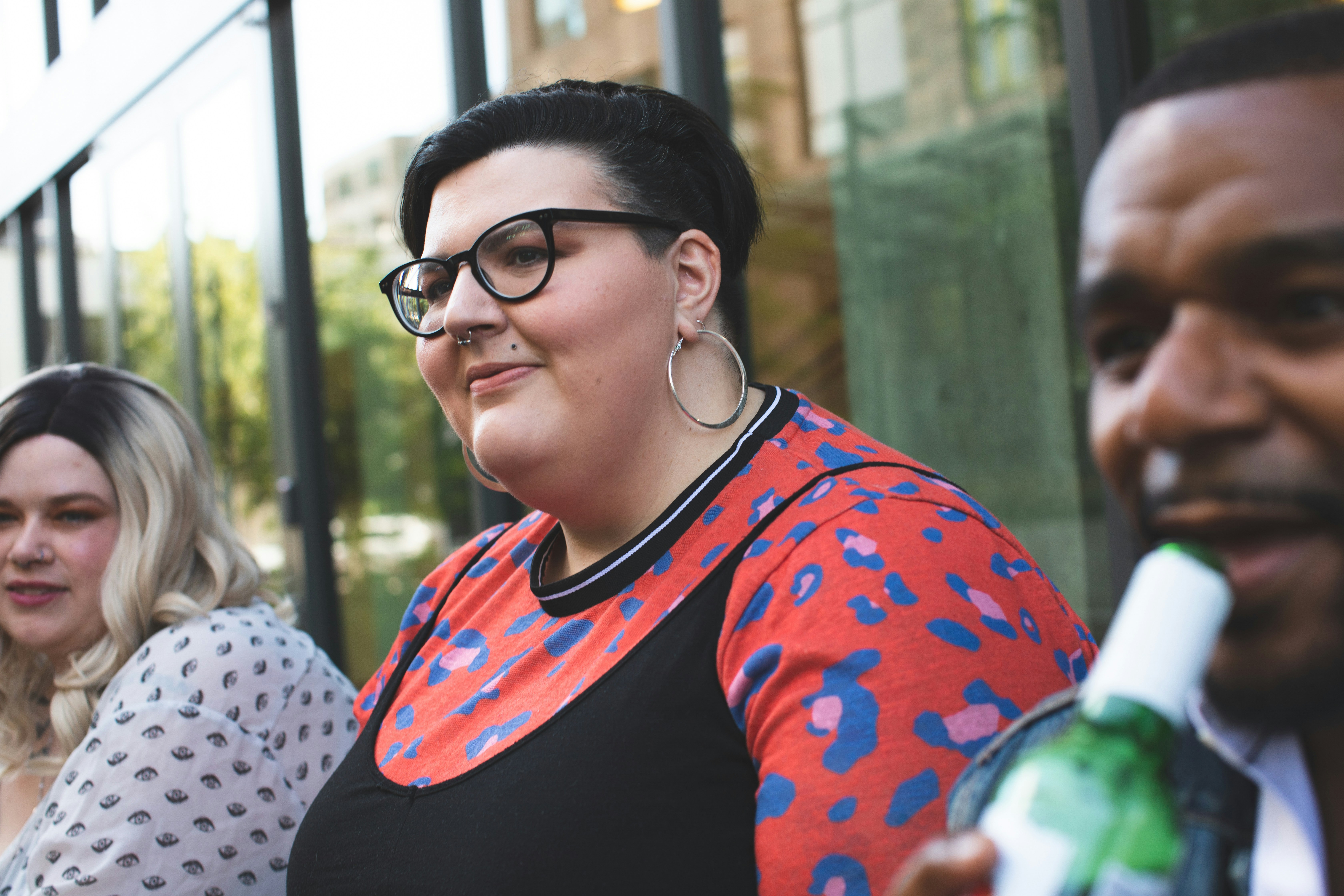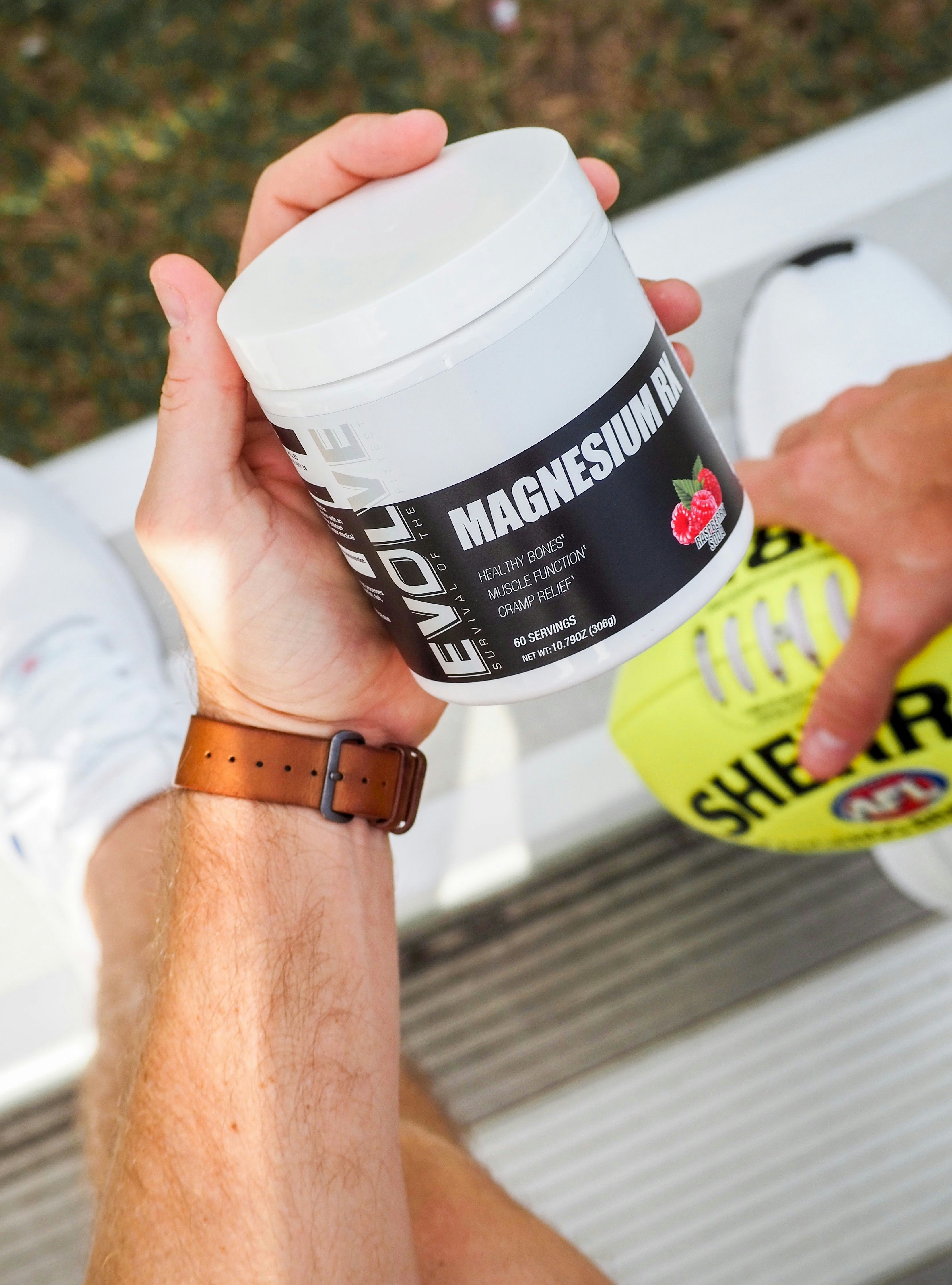Pilates Bar Exercises: Transform Your Home Workouts
Sep 19, 2024
Are you looking for an effective way to elevate your home fitness routine? Pilates bar exercises might be just what you need to take your workouts to the next level. In this comprehensive guide, we'll explore the benefits of Pilates bar workouts, share some of the best exercises for beginners, and answer common questions about this versatile fitness tool. Whether you're a seasoned fitness enthusiast or just starting your journey, Pilates bar exercises can help you achieve your goals.
What is a Pilates Bar?
A Pilates bar, also known as a Pilates stick or resistance bar, is a lightweight, portable piece of exercise equipment designed to enhance traditional Pilates movements. Typically made of metal or fiberglass, it features handles on each end and can be used with resistance bands to provide additional challenge and stability to your workouts. This versatile tool can be used to target various muscle groups and improve overall body strength and flexibility.
Benefits of Pilates Bar Exercises
Incorporating a Pilates bar into your fitness routine can offer numerous advantages, complementing other forms of exercise like high-intensity interval training (HIIT) or strength training:
Improved Core Strength: Pilates bar exercises engage your deep core muscles, helping to develop a strong, stable midsection. This core strength is essential for maintaining good posture and preventing lower back pain.
Enhanced Flexibility: The bar allows for a greater range of motion in many exercises, promoting increased flexibility throughout your body. This can lead to improved performance in other physical activities and reduced risk of injury.
Better Posture: Regular practice can help align your spine and improve overall posture. Good posture is crucial for preventing back pain and maintaining overall health.
Full-Body Workout: Pilates bar exercises target multiple muscle groups simultaneously, providing an efficient total-body workout. This makes it an excellent option for those with limited time for exercise.
Low-Impact Training: The controlled movements are gentle on your joints, making it suitable for people of all fitness levels and ages. This is particularly beneficial for those recovering from injuries or dealing with joint issues.
Increased Balance and Coordination: Many exercises challenge your balance, improving overall coordination and body awareness. This can translate to better performance in daily activities and sports.
Improved Mind-Body Connection: Pilates bar exercises require focus and concentration, helping to strengthen the connection between your mind and body.
Stress Relief: The controlled breathing and focused movements can help reduce stress and promote relaxation, similar to the benefits of yoga.
Are Pilates Bar Workouts Effective?
Absolutely! Pilates bar workouts are highly effective for building strength, improving flexibility, and enhancing overall fitness. The added resistance from the bar and bands challenges your muscles in new ways, leading to increased strength and toning. Additionally, the focus on proper form and controlled movements helps improve mind-body connection and overall body awareness.
Many fitness enthusiasts find that combining Pilates bar exercises with other forms of training, such as cardio or weight lifting, creates a well-rounded fitness program that addresses all aspects of physical health.
Top Pilates Bar Exercises for Beginners
Let's explore some beginner-friendly Pilates bar exercises you can easily incorporate into your home workout routine:
1. Pilates Bar Squat
Stand with feet shoulder-width apart, holding the bar at chest height.
Lower into a squat, keeping your chest up and knees behind your toes.
Press through your heels to return to standing, raising the bar overhead.
Repeat for 12-15 reps.
This exercise targets your legs, core, and shoulders, providing a full-body workout.
2. Standing Row
Stand with feet hip-width apart, holding the bar with an overhand grip.
Engage your core and pull the bar towards your chest, squeezing your shoulder blades together.
Slowly return to the starting position.
Aim for 3 sets of 10-12 reps.
This exercise is excellent for strengthening your back muscles and improving posture.
3. Pilates Bar Leg Stretches
Start on all fours with the bar under your palms.
Loop resistance bands around your feet.
Slowly extend one leg back and up, keeping it straight.
Hold for a few seconds, then switch legs.
Repeat for 12-15 reps per leg.
This exercise helps improve flexibility in your hamstrings and strengthens your glutes.
4. Pilates Bar Plank
Start in a plank position with the bar under your hands.
Engage your core and hold this position for 30-60 seconds.
For an added challenge, try lifting one leg at a time while maintaining the plank.
Planks are excellent for building core strength and improving overall stability.
5. Standing Chest Press
Stand with feet hip-width apart, holding the bar at chest height.
Push the bar straight out in front of you, extending your arms.
Slowly bring the bar back to your chest.
Perform 3 sets of 12-15 reps.
This exercise targets your chest muscles and helps improve upper body strength.
6. Pilates Bar Lunges
Hold the bar at shoulder height, feet hip-width apart.
Step forward into a lunge, keeping your front knee aligned with your ankle.
Push back to the starting position and alternate legs.
Perform 10-12 reps on each leg.
Lunges are great for targeting your leg muscles and improving balance.
7. Pilates Bar Tricep Extensions
Stand with feet hip-width apart, holding the bar overhead.
Keeping your upper arms stationary, bend your elbows to lower the bar behind your head.
Extend your arms to return to the starting position.
Repeat for 12-15 reps.
This exercise is excellent for strengthening your triceps.
8. Pilates Bar Side Bends
Stand with feet hip-width apart, holding the bar overhead.
Keeping your core engaged, bend sideways at the waist.
Return to the starting position and repeat on the other side.
Perform 10-12 reps on each side.
Side bends help strengthen your obliques and improve core stability.
Can You Build Muscle with a Pilates Bar?
While Pilates bar exercises primarily focus on toning and strengthening muscles, they can contribute to muscle building when combined with proper nutrition and progressive overload. The resistance provided by the bar and bands creates tension in your muscles, which is essential for muscle growth. However, for significant muscle gain, you may want to incorporate additional strength training methods into your routine, such as weightlifting or bodyweight exercises.
How Often Should You Do a Pilates Bar Workout?
For optimal results, aim to incorporate Pilates bar exercises into your routine 2-3 times per week. This frequency allows for adequate recovery time between sessions while still providing consistent training stimulus. As with any new exercise program, it's essential to listen to your body and gradually increase the intensity and duration of your workouts over time.
You can also combine Pilates bar workouts with other forms of exercise throughout the week. For example, you might do Pilates bar exercises on Monday and Thursday, cardio on Tuesday and Friday, and strength training on Wednesday and Saturday.
Is 20 Minutes of Pilates a Day Enough?
While 20 minutes of daily Pilates can certainly provide benefits, the ideal workout duration depends on your fitness goals and current level. For beginners, 20-30 minutes of Pilates bar exercises 3-4 times a week can be an excellent starting point. As you progress, you may want to increase the duration or frequency of your workouts for continued improvement.
It's important to note that consistency is key when it comes to seeing results from any exercise program. Even short, regular sessions can lead to significant improvements in strength, flexibility, and overall fitness over time.

Tips for Getting Started with Pilates Bar Exercises
Start Slowly: Begin with basic exercises and focus on proper form before progressing to more challenging movements. This will help prevent injury and ensure you're getting the most benefit from each exercise.
Use Appropriate Resistance: Choose resistance bands that provide a challenge without compromising your form. You should be able to complete the desired number of repetitions with good form, but the last few reps should feel challenging.
Maintain Proper Alignment: Pay attention to your posture and body alignment throughout each exercise. Proper alignment is crucial for targeting the intended muscles and preventing strain or injury.
Breathe Properly: Coordinate your breath with your movements, generally exhaling during exertion. Proper breathing helps you maintain focus and can enhance the effectiveness of each exercise.
Stay Consistent: Regular practice is key to seeing results and improving your overall fitness. Try to stick to your workout schedule, even on days when you feel less motivated.
Listen to Your Body: While it's normal to feel some muscle soreness after a workout, pay attention to any pain or discomfort. If something doesn't feel right, adjust your form or take a break.
Combine with Other Exercises: For a well-rounded fitness routine, consider combining Pilates bar exercises with other forms of exercise, such as cardio or strength training.
Stay Hydrated: Proper hydration is essential for any workout. Make sure to drink plenty of water before, during, and after your Pilates bar sessions.
Creating a Balanced Pilates Bar Workout Routine
To get the most out of your Pilates bar exercises, it's important to create a balanced routine that targets all major muscle groups. Here's a sample workout plan you can follow:
Warm-up (5 minutes): Light cardio and dynamic stretching
Pilates Bar Squats (3 sets of 12-15 reps)
Standing Rows (3 sets of 10-12 reps)
Pilates Bar Lunges (2 sets of 10-12 reps per leg)
Standing Chest Press (3 sets of 12-15 reps)
Pilates Bar Leg Stretches (2 sets of 12-15 reps per leg)
Pilates Bar Plank (3 sets of 30-60 seconds)
Pilates Bar Tricep Extensions (3 sets of 12-15 reps)
Cool-down (5 minutes): Static stretching
Remember to adjust the number of sets, reps, and exercise selection based on your fitness level and goals. As you become more comfortable with the exercises, you can increase the difficulty by adding more resistance or trying more advanced variations.
Conclusion
Pilates bar exercises offer a versatile, effective way to enhance your home workout routine. By incorporating these exercises into your fitness regimen, you can improve your core strength, flexibility, and overall body awareness. Remember to start slowly, focus on proper form, and gradually increase the intensity of your workouts as you build strength and confidence.
Whether you're looking to supplement your current workout routine or start a new fitness journey, Pilates bar exercises can help you achieve your goals. With consistent practice and proper technique, you'll soon notice improvements in your strength, posture, and overall well-being.
Ready to take your fitness journey to the next level? Consider trying Tidalflow's AI-powered personal training program, which can help you create a customized workout plan incorporating Pilates bar exercises and other effective training methods. With personalized guidance and support, you'll be well on your way to achieving your fitness goals.
Start your free trial of Tidalflow's AI personal trainer today and discover how Pilates bar exercises can transform your workouts!
You should not have to do it all on your own





